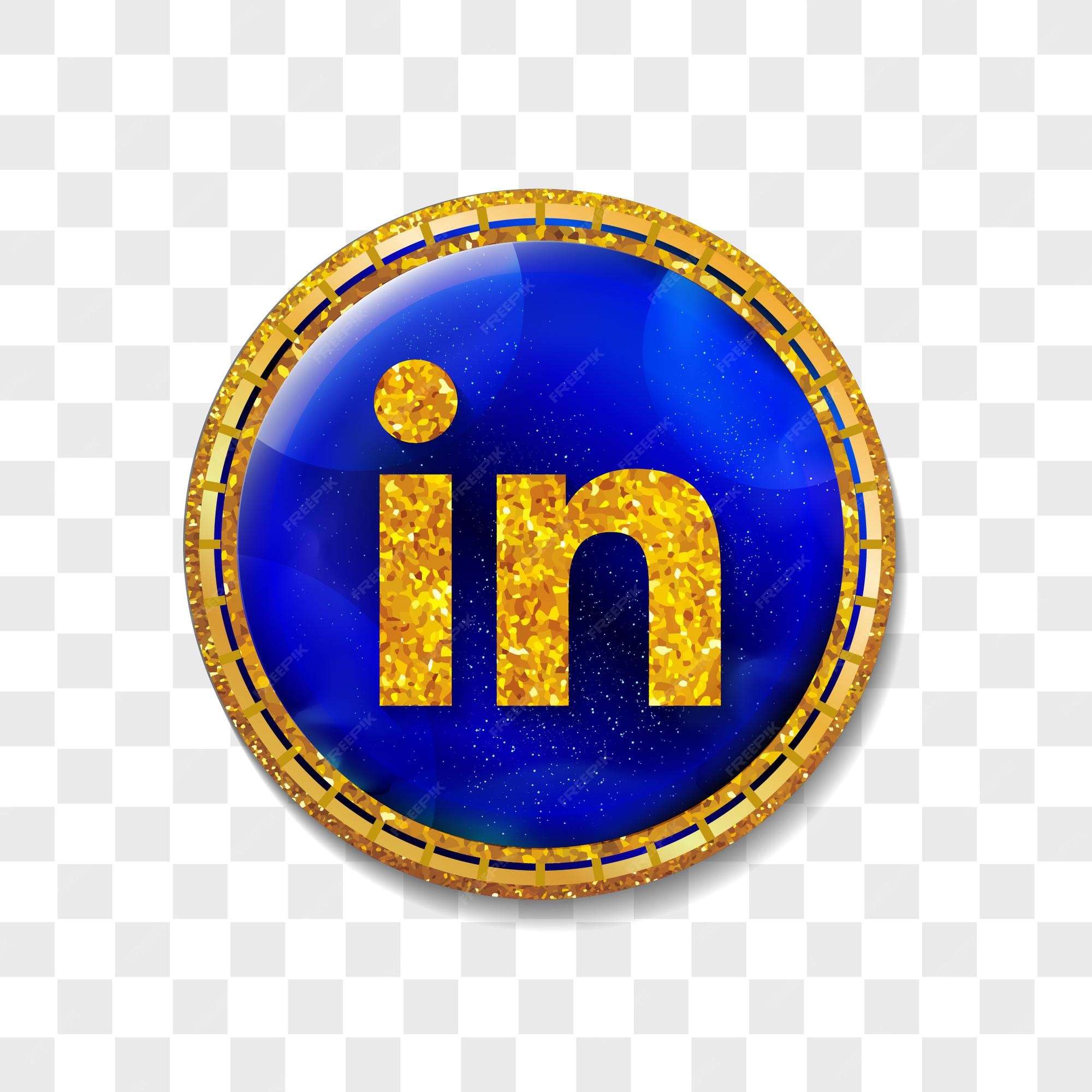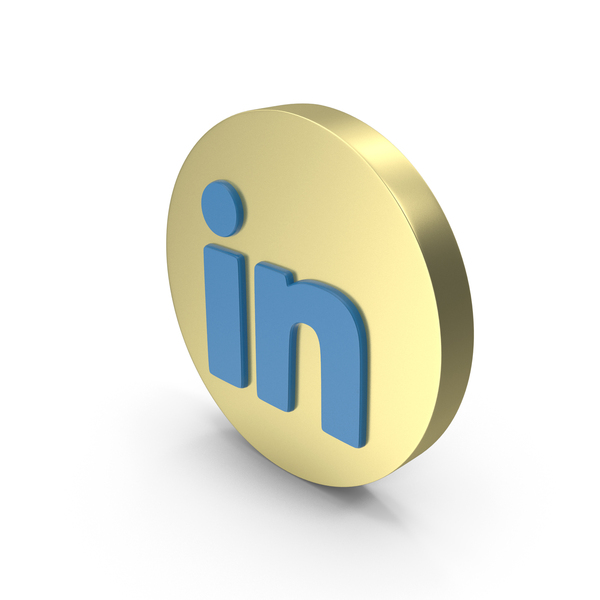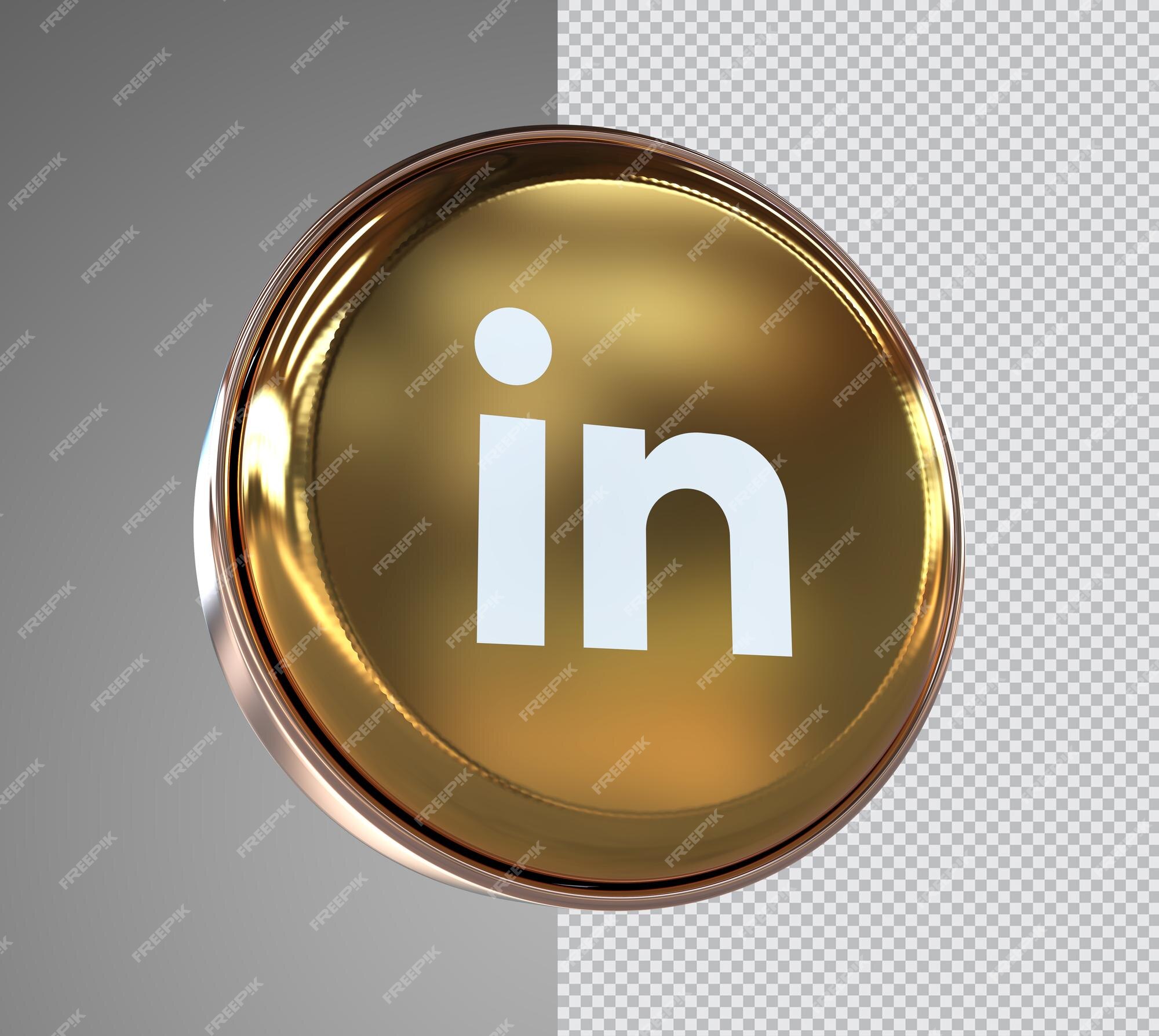The Gold LinkedIn logo has sparked curiosity and conversation among users and branding enthusiasts alike. What does this change signify? In this post, we'll delve into the meaning behind this vibrant hue and explore its historical context. By the end, you'll have a clearer picture of what LinkedIn aims to convey through its branding choices. Let’s get started!
Introduction to the Gold LinkedIn Logo

You might have noticed a fresh twist in the LinkedIn branding: the gold logo. But why gold? It’s not just a color choice; it reflects deeper meanings and intentions. In branding, colors communicate emotions and values, and gold is often associated with:
- Success: Gold represents achievement and prosperity, aligning perfectly with LinkedIn's focus on professional growth.
- Quality: Gold is historically linked to luxury and high standards, suggesting that LinkedIn is a premium platform for career networking.
- Innovation: The bright gold hue stands out, signaling a forward-thinking approach that matches the ever-evolving nature of the job market.
Moreover, the gold logo aligns with LinkedIn’s mission to create economic opportunity for every member of the global workforce. It's a bold statement that encourages users to aspire for greatness in their careers. The transition to gold also signifies a new era for LinkedIn, focusing on inclusivity and diversity within professional spaces.
As you browse LinkedIn, consider how the gold logo might influence your perception of the platform. Does it inspire a sense of achievement? Does it make you feel more connected to the community? These are vital questions as we navigate the nuances of branding in the professional world.
Also Read This: How Long Can a Video Be on LinkedIn? Understanding LinkedIn’s Video Length Limits
Historical Context of the LinkedIn Logo

To understand the significance of the gold LinkedIn logo, we must look back at the platform's branding evolution. When LinkedIn first launched in 2003, its logo was a simple blue with white typeface. The blue was not just a random choice; it symbolized trust, dependability, and professionalism—qualities that
Over the years, the logo underwent several tweaks, but the blue remained a staple until recent changes. In 2020, LinkedIn introduced a refreshed look that included a bolder typeface and a more modern aesthetic. This change was part of a broader redesign initiative aimed at making the platform more user-friendly and appealing.
Fast forward to 2023, the introduction of the gold logo marks another significant shift. Here’s a timeline of notable branding changes:
| Year | Logo Description | Significance |
|---|---|---|
| 2003 | Initial Blue Logo | Establishment of trust and professionalism |
| 2010 | Refined Blue Logo | Modernized look with a more dynamic design |
| 2020 | Updated Blue Logo | Bold typeface and enhanced user experience |
| 2023 | Gold Logo | Symbolizes success, innovation, and economic opportunity |
Each change reflects LinkedIn's journey and its response to the evolving professional landscape. The gold logo, in particular, emphasizes a commitment to fostering success and inclusivity among its users. It's a vibrant reminder that LinkedIn is not just a networking platform; it's a community focused on helping individuals achieve their career aspirations.
Also Read This: Can You Delete a LinkedIn Account? A Complete Guide
3. Symbolism of the Gold Color in Branding

The choice of gold in branding is not just a style preference; it carries a wealth of meaning and symbolism. Gold is often associated with luxury, success, and prestige. It evokes feelings of warmth and positivity, making it a powerful choice for brands aiming to inspire trust and ambition.
Let’s break down some specific connotations of the gold color:
- Wealth and Prosperity: Gold has long been a symbol of wealth. Using this color can suggest financial success and stability, which is particularly appealing for a professional network like LinkedIn.
- Quality and Excellence: Gold represents high standards and superior quality. For LinkedIn, it signifies a commitment to excellence in professional networking and career growth.
- Optimism: The warm hue of gold is inviting and can foster a sense of optimism. This is crucial for a platform that aims to connect people and facilitate career opportunities.
- Innovation: Gold can also symbolize innovation and forward-thinking, aligning perfectly with LinkedIn's mission to transform how professionals connect and collaborate.
In a world saturated with colors, gold stands out. It draws attention and encourages engagement, which is vital for platforms like LinkedIn that rely on user interaction. The gold color not only enhances LinkedIn’s visibility but also reinforces its position as a leading professional networking site.
Moreover, when users see the gold logo, it subconsciously communicates that they are partaking in a premium experience. This color choice fosters a sense of belonging to an elite community of professionals, aligning perfectly with LinkedIn’s brand identity and mission.
Also Read This: Understanding LinkedIn Connection Request Limits and How to Maximize Them
4. Evolution of the LinkedIn Logo Over the Years

Since its launch in 2003, LinkedIn has undergone several transformations, with its logo being a key focal point of its branding evolution. Each redesign reflects the platform's growth and adaptability in the ever-changing digital landscape.
Let’s take a closer look at the major milestones in the evolution of the LinkedIn logo:
| Year | Logo Design | Key Features |
|---|---|---|
| 2003 |  | Original logo with a simple blue color scheme and basic font. |
| 2011 |  | Introduction of the “in” symbol, emphasizing connectivity. |
| 2019 |  | Adoption of a modernized design with a fresher color palette, including gold. |
The first logo represented LinkedIn’s straightforward approach to professional networking. However, as the platform grew, so did its need for a more sophisticated image. The introduction of the “in” symbol in 2011 was a significant turning point, emphasizing the connections made through the platform.
Fast forward to 2019, the redesign featuring gold was a game-changer. It not only modernized the appearance but also added layers of meaning, as discussed earlier. The warm, inviting gold hues reflect LinkedIn’s commitment to fostering professional growth and collaboration.
Each iteration of the LinkedIn logo tells a story of its own, illustrating the platform's journey and the evolving landscape of professional networking. As LinkedIn continues to grow and adapt, we can expect its branding to evolve further, keeping pace with the needs of its users and the wider business environment.
Also Read This: Does LinkedIn Limit Connection Requests? How to Stay Within Limits
5. Impact of the Gold Logo on Brand Identity
The introduction of the gold LinkedIn logo marked a significant shift in how the platform is perceived in the crowded social media landscape. This change wasn't just about aesthetics; it was a strategic move to enhance brand identity and coherence. But what exactly does this gold hue signify for LinkedIn and its users?
Firstly, the gold color embodies professionalism and prestige. By opting for gold, LinkedIn sends a clear message: this is a platform for serious professionals. It evokes a sense of trust and reliability, making users feel more confident in connecting, networking, and sharing their professional journeys. Imagine the difference in impression when you see a sleek, gold logo compared to a standard blue one—it's like stepping into a high-end conference versus a casual meetup.
Moreover, the gold logo helps in differentiation. In a sea of blue and white logos across platforms like Facebook, Twitter, and even business-focused sites like Indeed, LinkedIn's gold logo stands out. This unique branding helps to establish a stronger visual identity that resonates with users, making LinkedIn instantly recognizable. It’s not just another social media platform; it's a place where careers are built and professional relationships are fostered.
Additionally, the gold logo emphasizes inclusivity and growth. Gold is often associated with success and achievement, which aligns perfectly with LinkedIn’s mission to connect professionals and foster opportunities. The logo now speaks to a broader audience, encouraging users from various industries and backgrounds to come together, share their stories, and achieve their goals.
In terms of marketing and branding strategies, the gold logo has also allowed LinkedIn to create cohesive marketing campaigns that reflect its core values. Advertisements, merchandise, and even event branding can now uniformly showcase the gold logo, reinforcing brand recognition and user loyalty.
Overall, the impact of the gold logo extends beyond mere color choice; it encapsulates LinkedIn's vision of empowering professionals worldwide. It's a bold statement that positions LinkedIn not just as a platform for job seekers, but as a vibrant community of achievers.
6. Comparison with Other Social Media Logos
When we look at the social media landscape, logos often tell us a story about the brand's identity and target audience. LinkedIn's gold logo sets it apart in several notable ways, especially when compared to logos of other popular platforms like Facebook, Twitter, and Instagram.
Color Psychology: The color choices of social media logos play a crucial role in conveying their brand messages.
- Facebook
- Twitter
- Instagram
- Twitter
In stark contrast, LinkedIn’s use of gold signifies ambition, success, and professionalism. It positions the platform as an elite space for career development, rather than casual social interaction. While other platforms focus on community and creativity, LinkedIn highlights professional growth and networking.
Logo Design: Aside from color, the design elements also differ significantly:
- LinkedIn’s logo features a clean and straightforward design with a focus on clarity, making it easy to recognize, even at a distance.
- Facebook and Twitter use playful, rounded fonts which appeal to a broader, more casual audience.
- Instagram’s logo is more artistic and colorful, reflecting its emphasis on aesthetic and creative content.
This distinctive logo design reinforces LinkedIn’s commitment to providing a platform for serious networking and career advancement. Unlike the more casual branding of its counterparts, LinkedIn’s gold logo invites users to engage in meaningful professional interactions.
In conclusion, while other social media logos aim to foster community and engagement, LinkedIn's gold logo firmly establishes it as a platform dedicated to professional networking and development. It’s not just a logo; it’s a symbol of opportunity and professional growth.
 admin
admin








